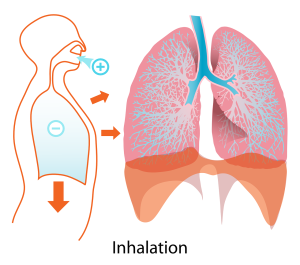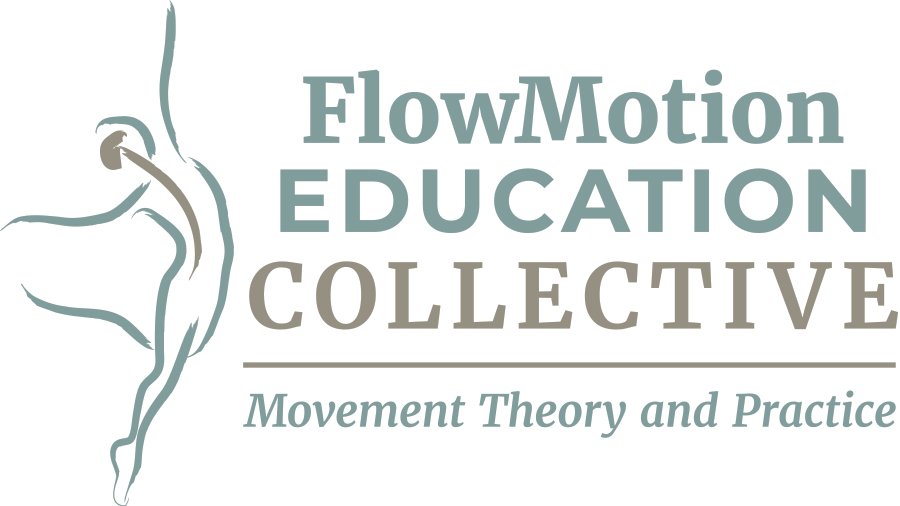Happy Healthy Breathing

The benefits derived from optimizing the biomechanics of our breathing apparatus (airway, diaphragm, rib cage, abdominal wall, etc) are innumerable; here are just a few:
- Breathing is the brain’s priority #1. So, your brain will struggle to be in learning mode if breathing is non-optimal.
- Breathing is the brain’s priority #1. So, your brain will struggle to optimally orchestrate functional movements if breathing is non-optimal.
- Breathing is the access to your parasympathetic nervous system, or your relaxation state. We live in a high-stress culture. Breathing is the key mechanism to “turn OFF your ON switch” as my friend and teacher Jill Miller (of Body by Breath) likes to say.
- Optimizing your breathing is a key component of athletic performance.
- Your respiratory diaphragm (the primary breathing muscle) is a key player in central stability — AKA core stability.
- Your respiratory diaphragm is a key player in continence (!!!!).
In our culture we tend to develop non-optimal breathing patterns due to: stress; incorrect beliefs about proper breathing; pressure to look thin (are you holding your belly in all the time?); incorrect beliefs about core stability; etc.
There is a plethora of courses that teach different breathing techniques, often focusing on one or more of the above bullets. However, if your underlying biomechanics are non-optimal — e.g. a rib cage that doesn’t move well; a rigid diaphragm and/or abdominal wall, etc. — you might struggle to perform any of the breathing practices. Other possible byproducts of non-optimal breathing biomechanics (not at all a comprehensive list — just a sample):
- You might struggle with incontinence.
- You might have sleep apnea.
- You might have shortness of breath.
- You might have sore shoulders and/or neck due to over recruitment of the neck/shoulder muscles on every inhalation.
- You might suffer from indigestion (the esophagus — the tube that conveys food from your mouth to your stomach, penetrates the diaphragm).
- You might have back pain — yes, there is research showing a correlation between back pain and lack of diaphragmatic excursion (the ability to lower and lift).
The list goes on.
In this workshop, you will learn:
- The biomechanics of breathing (the conceptual piece): what structures in your body need to move.
- Assessments to see if those structures are moving or stuck in your body.
- Movement solutions to get the sticky bits unstuck.
You will go home with an owner’s manual for your breathing apparatus: How does it work? What does it need? Troubleshoot -> Problem Solve
Where: Joyful Movement, Fairfax
When: Saturday, November 9th, 11:15 a.m. – 12:45 p.m. (Please arrive 10-15 minutes early; bring a snack as needed)
Price: $40; includes exercise prop
